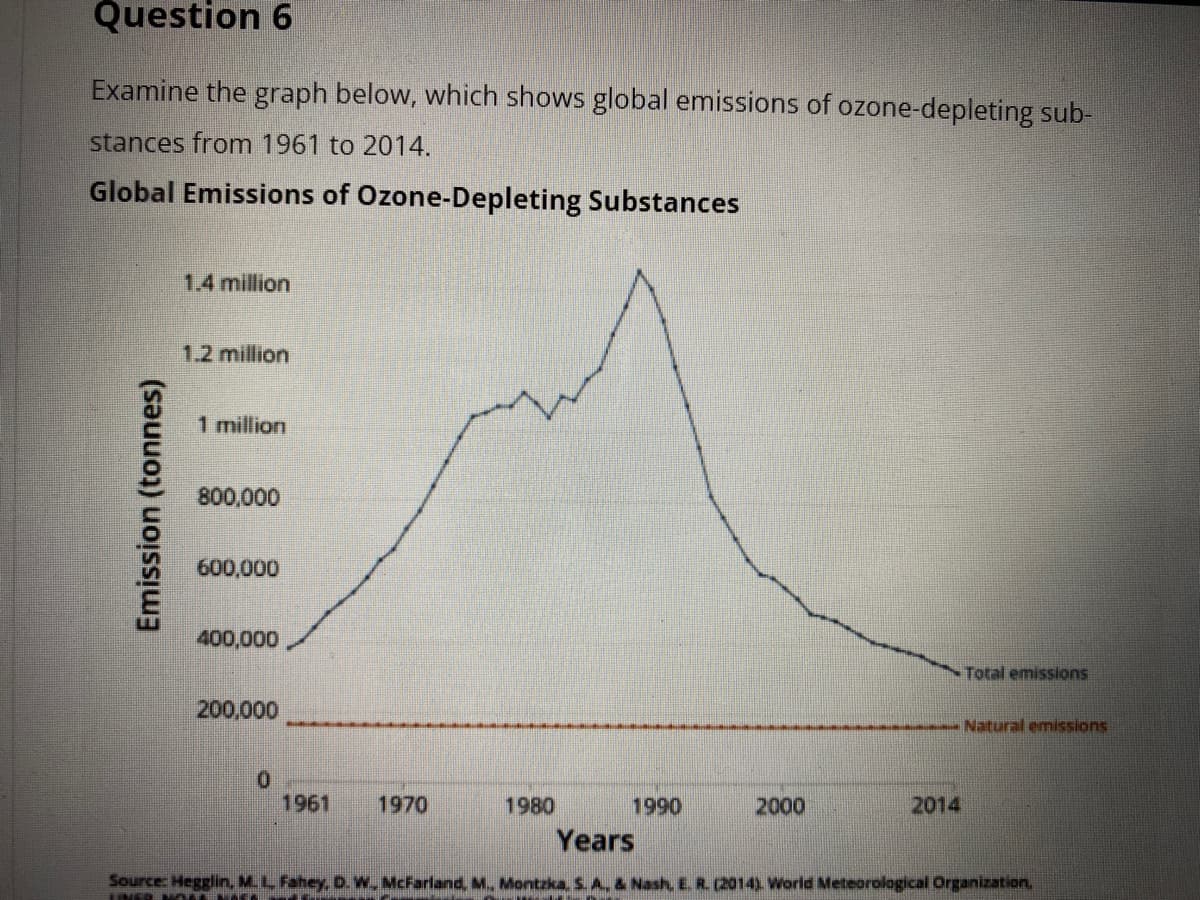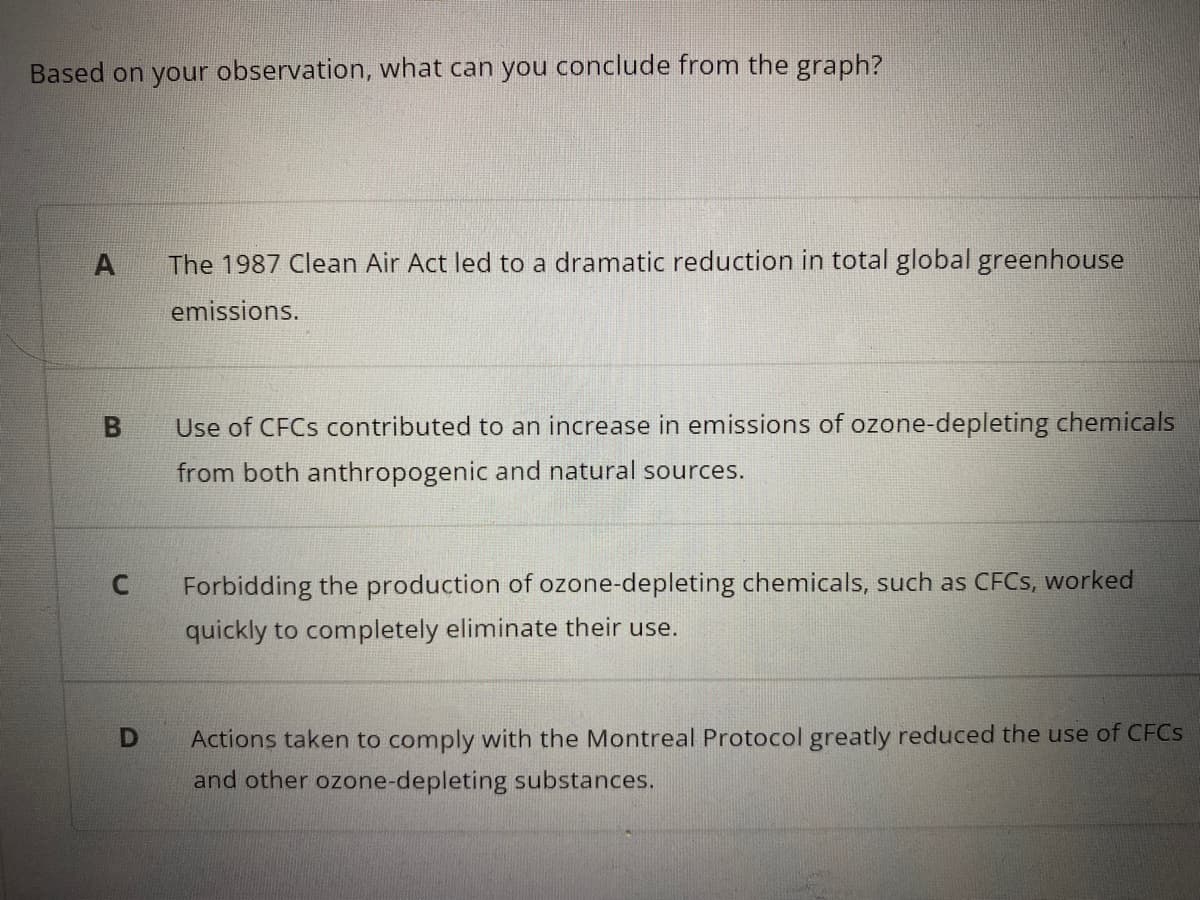Based on your observation, what can you conclude from the graph? A The 1987 Clean Air Act led to a dramatic reduction in total global greenhouse emissions.
Atmospheric Pollution
In the atmosphere, the existence of large quantities of undesirable substances that could cause several health issues to living organisms and humans is atmospheric pollution. Air pollution is otherwise known to be atmospheric pollution. The presence of undesirable materials would also destruct the natural environment such as a change in climate, degradation of habitat, or depletion of ozone. Air pollution is generated by the natural processes and activities of humans.
Smokestack Scrubbers
Once we believe in the environment and remember the pollution-producing facets of it, we will consider the smoke-stacks scrubber to be a number of the worst offenders. Although this is often legally correct, smoke-stack scrubbers often have a big function in terms of keeping ground-level air pollutants- safe to breathe and assisting within the management of emissions.


Step by step
Solved in 2 steps









